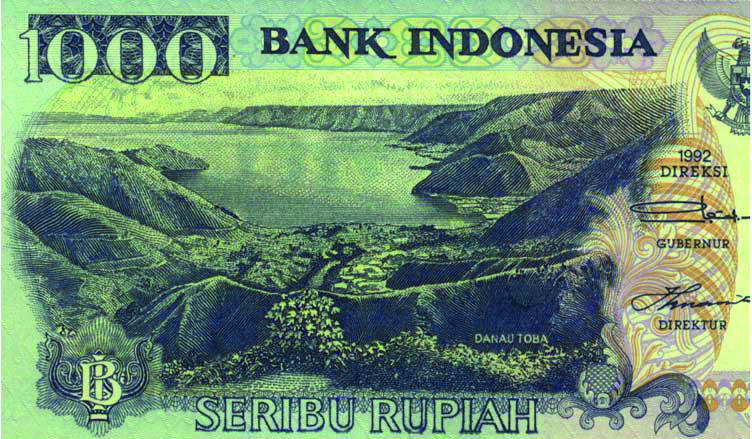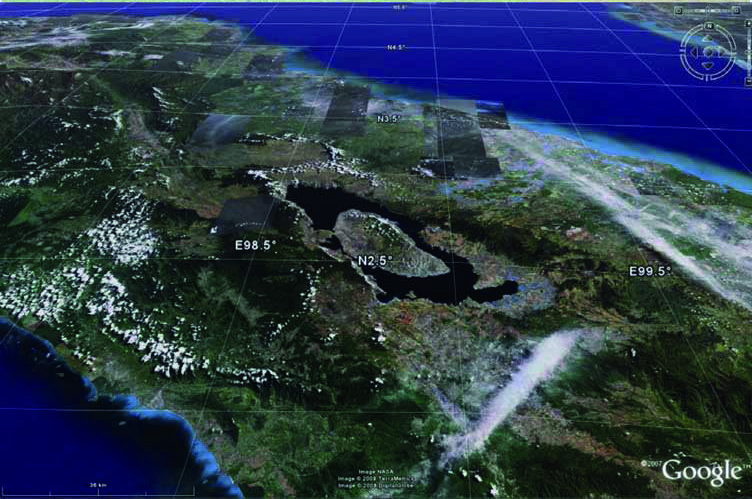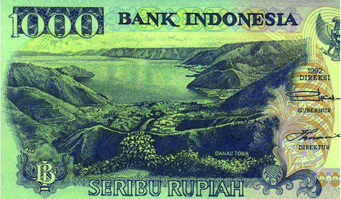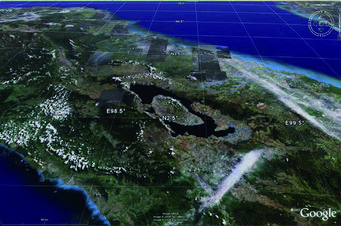Ancient volcano eruption destroyed the ozone layer
Ozone depletion following the Toba eruption around 74,000 years ago compounded the ensuing volcanic winter and caused a human population decline.
A catastrophic drop in atmospheric ozone levels in the tropics is likely to have contributed to a bottleneck in the human population around 74,000 years ago, an international research team has suggested. The science team was led by the Max Planck Institute for Chemistry in Mainz. The discovery of major ozone loss, triggered by the eruption of the Toba supervolcano located in present-day Indonesia, might solve an evolutionary puzzle that scientists have been debating for decades.

“Toba has long been suggested as a cause of decline of the human population, but initial investigations into the climate variables of temperature and precipitation provided no concrete evidence of a devastating effect on humankind,” says researcher Sergey Osipov from the Max Planck Institute for Chemistry, who worked on the project with colleagues from the King Abdullah University of Science and Technology (KAUST), the King Saud University in Saudi Arabia and NASA in the USA.
Jos Lelieveld, director at the Max Planck Institute for Chemistry, states: “Again we see how the stratospheric ozone layer plays a central role in shielding our planet, and what can happen when it is under jeopardy.” The ozone layer prevents harmful ultraviolet (UV) radiation from transmitting through the atmosphere and reaching the Earth’s surface where it is a threat to the biosphere, including humans, explains Lelieveld.
“We point out that, in the tropics, near-surface UV radiation is a driving evolutionary factor. Climate change from the Toba eruption was particularly relevant in the temperate regions away from the tropics,” says Georgiy Stenchikov from KAUST. The combination of ozone destruction in the tropics and harsh, cold climate conditions outside the tropics explain why the Toba event was a global peril to mankind.

Large volcanic eruptions emit gases and ash that create a sunlight-attenuating aerosol layer in the stratosphere, causing cooling at the Earth’s surface. This "volcanic winter" has multiple knock-on effects, such as cooler oceans, prolonged El Niño events, crop failures and disease.
The Toba eruption depleted global ozone, especially in the tropics
“The ozone layer was severely damaged,” says Osipov. “To generate ozone from oxygen in the atmosphere, photons of UV radiation from sunlight are required. When a volcano releases vast amounts of sulfur dioxide (SO2), the resulting volcanic plume absorbs UV radiation. This limits ozone formation, creating an ozone hole and causing UV stress to life on Earth.” Shortly after the eruption, UV radiation at the surface was also reduced, but it dramatically turned around after the volcanic ash precipitated and the aerosol particles dispersed.
The team examined UV radiation levels after the Toba eruption using a climate model developed by NASA GISS (Goddard Institute for Space Studies). They simulated the possible after-effects of different sizes of eruptions. The model suggests that the Toba SO2 cloud depleted global ozone levels by as much as 50 percent. In the tropics, an ozone hole formed that was deeper, larger and remained much longer than the recent one that forms over the South Pole each year during the Antarctic spring. Furthermore, the researchers found that the effects on ozone are significant, even under smaller eruption scenarios, and therefore the process is relevant for other major eruptions in Earth’s history, too. The resulting health hazards from high UV radiation at the surface would have significantly affected human survival rates.
“The UV stress effects could have been similar to the aftermath of a nuclear war,” says Osipov. “For example, crop yields and marine productivity would drop due to UV sterilization effects. Being in the open air without UV protection would cause eye damage and sunburn in minutes. Over time, skin cancers and general DNA damage, plus the loss of crops and other food supplies would have led to population decline.”

